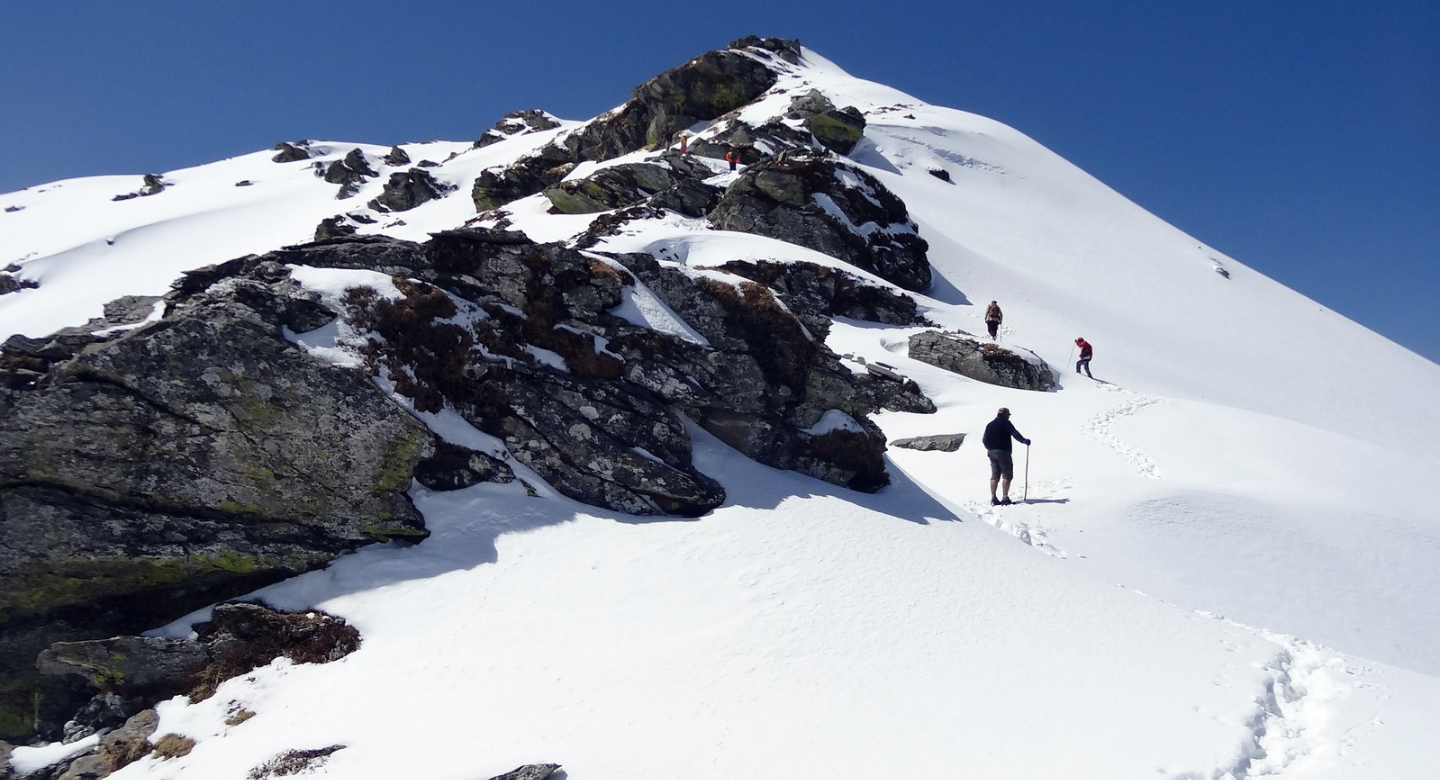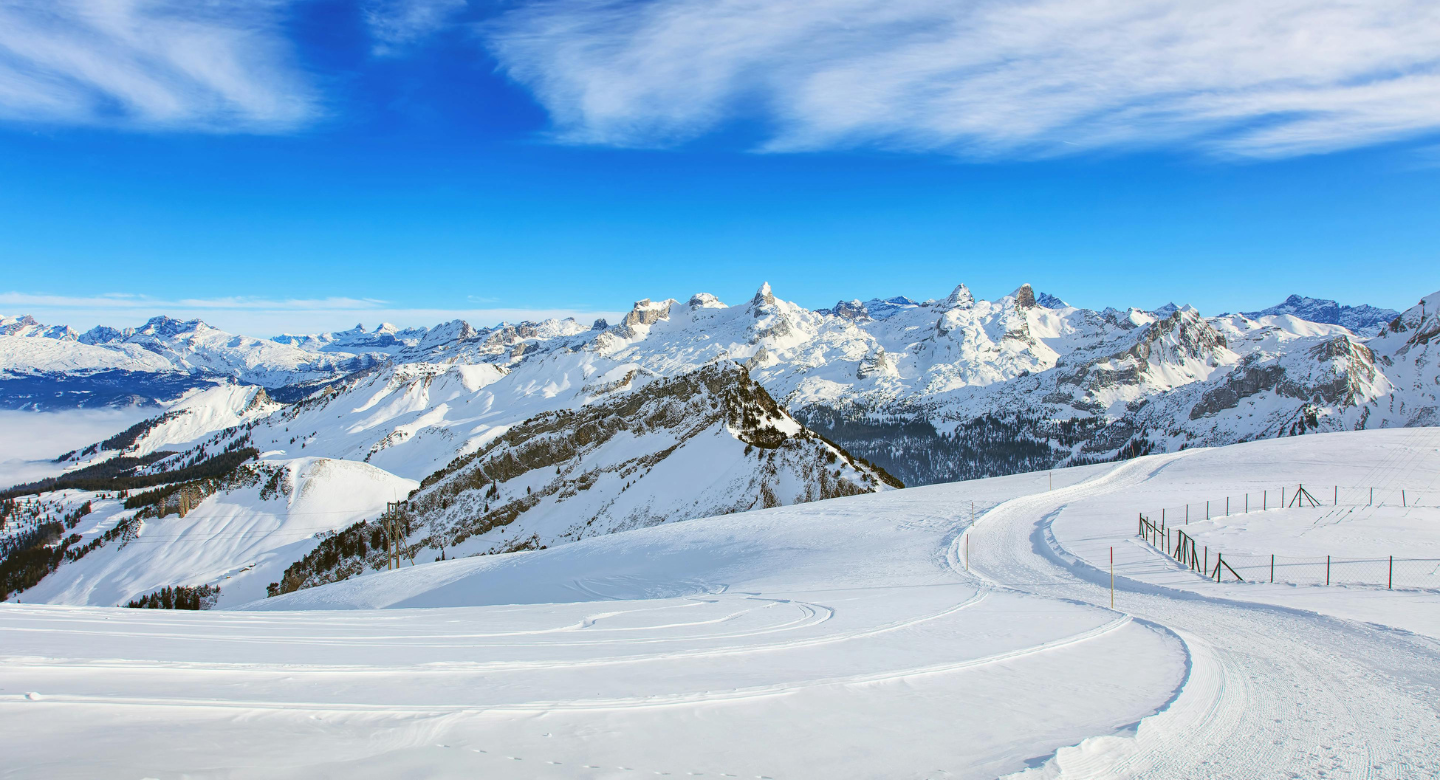
Managing Acute Mountain Sickness (AMS) on the Trail: Diagnosis, Treatment, and Essential Gear

As adventurers seek the thrill of high-altitude trekking, the allure of breathtaking panoramas and pristine landscapes often comes with the hidden peril of Acute Mountain Sickness (AMS). AMS is a serious condition resulting from exposure to decreased oxygen levels at higher elevations, and it can affect anyone, regardless of physical fitness. Understanding how to effectively manage AMS is crucial for safety on the trail. This article will provide insights into AMS diagnosis, treatment options, essential gear for prevention, and emergency response guidelines.
Diagnosing AMS
Self-Diagnosis Guidelines
Self-assessment is often the first line of defense against AMS. Trekkers should monitor themselves for common early symptoms, including headache, nausea, dizziness, and fatigue, which can signal AMS. Take time to evaluate if these symptoms worsen with continued ascent, as this could be an indication to rest, hydrate, or consider descending.
Common Symptoms:
-
Headache
-
Nausea or vomiting
-
Fatigue or weakness
-
Dizziness or lightheadedness
-
Sleep disturbances
Self-Assessment Tips:
-
Monitor your physical state regularly during ascents.
-
Take note of unusual sensations such as breathlessness at rest.
-
Assess if symptoms improve with rest and hydration
Medical Diagnosis Tools
Pulse oximeters, which measure blood oxygen saturation, are practical tools for monitoring oxygen levels at high altitudes. Apps and AMS-specific symptom trackers can help record and monitor symptoms over time, alerting trekkers if conditions worsen. While oxygen saturation varies by individual, a sharp drop may suggest the onset of AMS and require attention. Keeping a journal of symptoms can help identify patterns and the development of AMS over time.
Differentiating AMS from Other Conditions
Symptoms of AMS can overlap with dehydration, fatigue, or even minor infections. To differentiate, pay attention to triggers and patterns; for example, dehydration often leads to dry mouth and thirst, while AMS frequently causes persistent headaches and nausea that don’t improve with rest alone. Keeping well-hydrated and observing how symptoms change at rest versus during activity can help distinguish AMS from other ailments.
-
Dehydration: Symptoms like thirst and dry mouth may suggest dehydration rather than AMS, which also includes neurological symptoms.
-
Fatigue: While fatigue can accompany AMS, those suffering should experience additional symptoms specific to AMS, such as headache or nausea.
-
Common Illnesses: Conditions like the flu can mimic AMS symptoms. Look for the sudden onset of symptoms at high altitudes rather than a gradual progression.
AMS Management and Treatment
Immediate Actions for Mild Cases
For mild AMS, rest and hydration are key. Over-the-counter pain relievers such as ibuprofen or acetaminophen can help alleviate headaches, while ginger or other natural remedies may reduce nausea. Taking it easy at a lower altitude for a day or two can often resolve symptoms before resuming the trek.
Descending as a Primary Treatment
If symptoms of AMS worsen or do not improve after resting, the best treatment is a gradual descent to lower altitudes. Even descending by 300-500 meters can alleviate symptoms significantly. This approach is essential to prevent progression to severe AMS or complications such as HAPE or HACE.
-
Importance of Descent: Moving to a lower elevation can provide almost immediate relief of AMS symptoms, as the body requires time to acclimatize to higher altitudes.
-
Maintain Regular Check-Ins: Continually assess symptoms during the descent; if they persist, further medical evaluation may be necessary.
Medications and Oxygen Therapy
For trekkers with moderate AMS, medications like Diamox (Acetazolamide) may help speed up acclimatization by improving oxygen absorption. Dosages vary, so it's essential to consult a healthcare provider before using. Dexamethasone, a steroid medication, is often used in emergencies to reduce swelling in severe cases but should be administered by a trained professional. Oxygen therapy is another immediate relief option, especially for those showing severe symptoms, and can be administered with portable oxygen tanks.
-
Diamox (Acetazolamide): Often prescribed to prevent AMS, take 125-250 mg twice daily. Side effects may include tingling sensations or increased urination.
-
Dexamethasone: Used for more severe cases, typical dosages range from 4-8 mg every 6 hours. Side effects can include mood changes and sleep disturbances.
Emergency Situations
Severe AMS with symptoms like confusion, difficulty breathing, or uncoordinated movements is a medical emergency. If available, oxygen should be given immediately, and a rapid descent is crucial. In remote areas, satellite phones or emergency beacons can call for professional help if a descent is impossible. Recognizing these signs and acting quickly can save lives.
-
Symptoms of Severe AMS: Severe headache, confusion, inability to walk, or persistent vomiting.
-
Managing Severe Cases: Evacuate the individual to lower altitudes urgently. If self-evacuation isn’t possible, call for professional rescue services.
AMS Equipment Essentials for Trekkers
AMS Detection Tools
A pulse oximeter is essential for high-altitude trekking to monitor blood oxygen levels. Portable altitude charts are useful for tracking elevation changes and understanding safe limits for ascent. Symptom-tracking apps can help you log signs of AMS and assess if they’re worsening, providing crucial data for timely decisions.
Oxygen Supplies
Portable oxygen tanks are a lifesaver in high-altitude situations. Smaller tanks or disposable oxygen canisters are ideal for personal use, while larger tanks are suited for emergencies. Understanding how to use these tanks properly, such as adjusting flow rates and recognizing when to administer them, is essential for effective treatment.
AMS First Aid Kit
An AMS-specific first aid kit should include Diamox (for acclimatization), nausea relief medication (such as promethazine or ginger tablets), and electrolyte or rehydration salts to combat dehydration. Anti-inflammatory pain relievers (like ibuprofen) and a thermometer can also be beneficial, as can bandages and antiseptic for any minor injuries sustained during treks. Being equipped for AMS in advance improves the safety and comfort of your journey
AMS Myths and Misconceptions
Debunking Myths
Several misconceptions about AMS can lead trekkers to take unnecessary risks. A common myth is that "fit people don’t get AMS." In reality, AMS can affect anyone, regardless of physical fitness. High-altitude adaptation depends on factors like genetics, rate of ascent, and individual physiology, not just physical strength or endurance. Another dangerous belief is that “pushing through will overcome symptoms.” Ignoring symptoms can make AMS worse, progressing to life-threatening conditions like High Altitude Pulmonary Edema (HAPE) or High Altitude Cerebral Edema (HACE). Recognizing symptoms and responding promptly with rest or descent is essential.
Facts vs. Fiction
Separating truth from fiction is crucial for safe trekking. Here are some key distinctions:
-
Fiction: Drinking alcohol at high altitudes will keep you warm.
Fact: Alcohol impairs the body’s ability to retain heat and dehydrates you, increasing the risk of AMS. -
Fiction: Only people with prior AMS experience need to worry.
Fact: AMS can happen to anyone, even if they have never experienced symptoms before. Each trek is unique, and symptoms may vary with each altitude gain. -
Fiction: AMS symptoms will pass with time if you keep ascending.
Fact: AMS symptoms usually worsen with continued ascent. Pausing or descending is the only safe response if symptoms appear.
Conclusion
Acute Mountain Sickness (AMS) is a challenge faced by many high-altitude trekkers, but with awareness and preparation, it’s possible to manage and mitigate its risks. From understanding early warning signs and using reliable tools for monitoring to packing essential gear and staying informed on treatment options, trekkers can protect themselves and their companions. By recognizing the limits of the body and taking proactive steps, adventurers can focus on enjoying their journey while respecting the demands of high-altitude environments.
Frequently Asked Questions (FAQs) on Acute Mountain Sickness (AMS) on the Trail: Diagnosis, Treatment, and Essential Gear
What is Acute Mountain Sickness (AMS)?
AMS is a condition caused by exposure to low oxygen levels at high altitudes. Symptoms include headaches, nausea, dizziness, and fatigue, which may worsen without proper care.
Who is at risk for AMS?
Anyone ascending quickly to high altitudes can experience AMS, regardless of fitness level, age, or past trekking experience. Acclimatization and awareness are key to reducing the risk.
How can I prevent AMS while trekking?
Gradual ascent, staying hydrated, resting at intermediate elevations, and allowing time for acclimatization are effective prevention strategies. Avoiding alcohol and caffeine, which can lead to dehydration, also helps.
How is AMS different from dehydration or exhaustion?
Dehydration and exhaustion may cause some similar symptoms, like fatigue and headaches, but AMS also includes symptoms such as nausea, loss of appetite, and sleep disturbances that persist with continued ascent.
When should I start using a pulse oximeter at high altitudes?
Generally, it’s useful to monitor oxygen levels when reaching altitudes over 8,000 feet. If symptoms appear, use the pulse oximeter regularly to assess if oxygen saturation drops significantly, which may indicate AMS.
What should I do if I notice early symptoms of AMS?
Stop and rest. Hydrate, take mild pain relievers for headaches and avoid further ascent until symptoms subside. If symptoms worsen, descend to a lower altitude.
When is medication like Diamox recommended?
Diamox can help with acclimatization for those prone to AMS or trekking at very high altitudes. It’s generally taken before starting the ascent and under medical guidance due to possible side effects.
How much should I descend if AMS symptoms worsen?
Descending 300-500 meters (or about 1,000–1,500 feet) can relieve symptoms in many cases. In severe cases, a more significant descent may be necessary.
Can AMS lead to more serious conditions?
Yes. If untreated, AMS can progress to High Altitude Pulmonary Edema (HAPE) or High Altitude Cerebral Edema (HACE), both of which are life-threatening and require immediate descent and medical treatment.
What essential items should I carry for AMS management?
A pulse oximeter, portable oxygen supply, Diamox or other prescribed medications, anti-nausea tablets, rehydration salts, and a symptom-tracking app or chart are useful tools for managing AMS symptoms effectively.
Scoutripper
Related content
Interdum et malesuada fames







